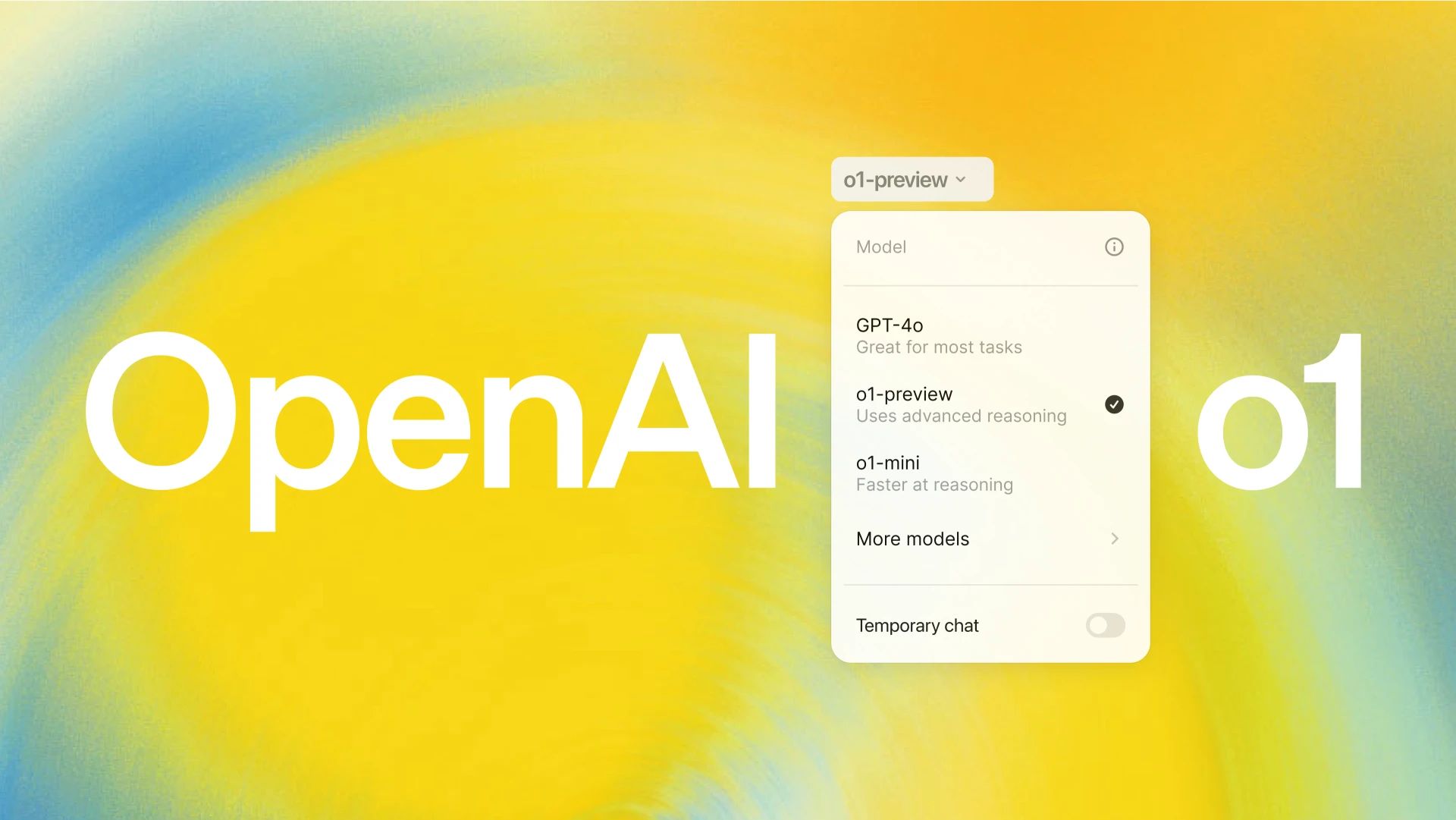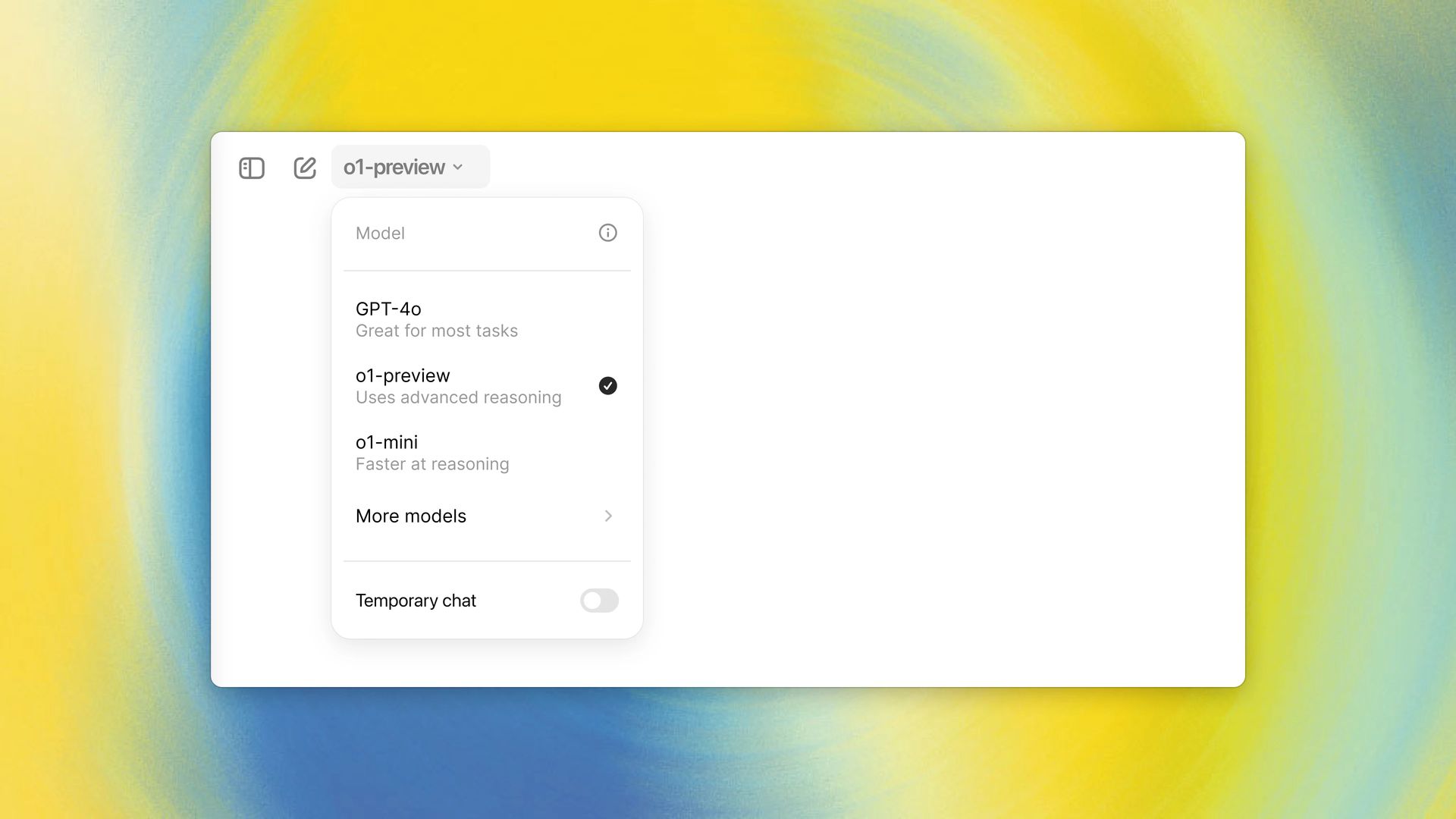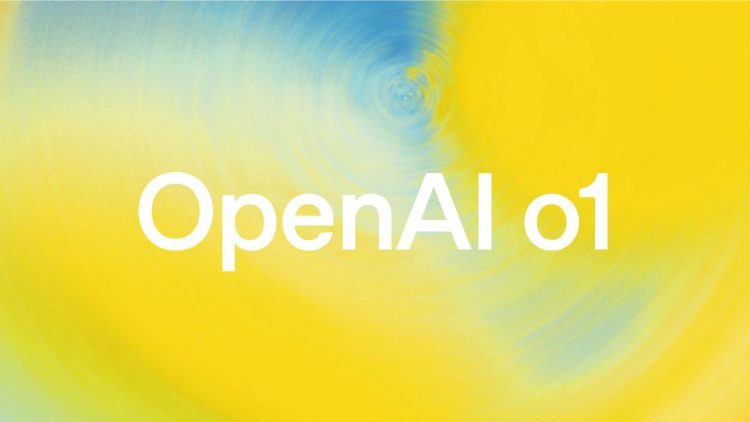OpenAI has announced ChatGPT o1. People have been talking about a new model for months. Designed to solve problems with AI, ChatGPT o1 (some say OpenAI o1) seems to have continued to improve its reasoning capabilities. Now OpenAI wants its AI to do logical thinking very comfortably. Complex, multi-step problems will not be a problem for the new model.
ChatGPT o1 focuses on reasoning, which sets it apart. As AI evolves, the goal is to help machines reason naturally. Many chatbots are already designed for this. Let’s explore how ChatGPT o1 is different and what it can do.
ChatGPT o1 opens the door to thinking like a human for AI
Many different speculations have emerged in the past months. In particular, Sam Altman‘s posts on the Strawberry, X platform were the first pointer to the new model. Later, some people within the company said that a new model was coming. Some said we were misunderstood, not a new model but a new update. Finally, we met OpenAI o1.
i love summer in the garden pic.twitter.com/Ter5Z5nFMc
— Sam Altman (@sama) August 7, 2024
One of the most important innovations of ChatGPT o1 is the ability to handle layered and complex questions, which is found in the “Strawberry” model by the AI community. Using a method known as “chain of thought” reasoning, ChatGPT o1 breaks down difficult tasks into easier, manageable steps, mimicking how a human might approach a challenge. But what makes this even more intriguing is how ChatGPT o1 can explain the thought process. Whether it’s solving a coding error, a math puzzle, or analyzing a scientific problem, this AI model doesn’t just provide answers. It also explains to users how it found them and shows them the solutions.
What makes ChatGPT o1 stand out
ChatGPT o1 has a different architecture compared to its predecessors. GPT-4o and its predecessors focus more on pattern recognition. And it relied on large datasets to predict the next word in a sentence. While this was effective for producing coherent and contextually relevant text, it lacked a real understanding of complex tasks. This was the root cause of the hallucinations. OpenAI’s o1, on the other hand, offers a much more structured response, combining reinforcement learning to approach problem-solving.
This is where the model’s “chain of thought” approach comes in. It breaks down problems step by step, providing clearer, more organized answers. In a demonstration, the OpenAI team showed how ChatGPT o1 solved a math puzzle in just 30 seconds, summarizing each step of its reasoning.

Yet OpenAI was quick to clarify that while ChatGPT o1 appears to be “thinking”, it is by no means conscious. Its ability to explain processes reflects human reasoning, but it is still just an AI system. What it does offer is a closer look at how it performs complex tasks, which could be particularly helpful in fields such as coding, math, and science.
The strengths and limits of ChatGPT o1
Hallucinations are not eliminated in this model either. This is again our biggest problem. Even with improved reasoning, the model can still produce false or misleading information. As Jerry Tworek, OpenAI’s research leader, notes: “We can’t say we’ve solved hallucinations,” making it clear that ChatGPT o1, while an improvement, is not perfect.
Aside from the fact that you may see fewer hallucinations because the logic is a bit more developed with the model. Tests have shown that ChatGPT o1 solved 83% of the problems in the qualifying exam for the International Mathematical Olympiad, which is a huge improvement on GPT-4o’s 13% success rate.
There are some areas where GPT-4o is still superior to o1. General information and language processing are at the top of the list. While 4o is our literary and generalist, o1 is our mathematician and quantitative academic.

Autonomous AI is coming into our lives
OpenAI’s goals do not end with ChatGPT o1. One of its long-term goals is to create autonomous AI systems that can take actions on their own, a concept known as AI agents. These systems will not only be able to predict word strings or provide answers; they could be tasked with independently solving complex problems in fields such as medicine or engineering.
According to Bob McGrew, OpenAI’s chief research officer, work on reasoning models like o1 is critical for these agents of the future. McGrew explains:
“We’ve been working on reasoning for months because we think it’s actually a critical breakthrough.”
For those interested in exploring this topic further, McGrew’s research offers deeper insights into how reasoning capabilities can move AI forward.
How to access ChatGPT o1 and what is the price?
Access to ChatGPT o1 is not free, at least for now. Developers who want to try the model will have to pay $15 per 1 million entry tokens and $60 per 1 million exit tokens, making it much more expensive than GPT-4o. For comparison, GPT-4o costs $5 for entry tokens and $15 for exit tokens.
However, OpenAI has also released a smaller version called ChatGPT o1-mini, which comes with a lighter price tag and fewer capabilities. This option might appeal to users who don’t need the full power of o1 but still want a taste of its reasoning capabilities. You can try it here.
For now, ChatGPT Plus and Team users have immediate access to both versions of the model, while Enterprise and Edu users will have access next week. OpenAI also plans to make ChatGPT o1-mini available for free tier users, although no specific date has been announced.
How to enter ChatGPT o1
Getting started with ChatGPT o1 is quite simple for those with paid access. Here is a short guide:
- Sign in to ChatGPT: Plus and Team users can access ChatGPT o1 immediately by selecting from the model drop-down menu. Enterprise and Education users will have access to o1-mini next week and free users in the future.
- Choosing the right model: Depending on your needs, you can choose the full o1-preview edition for maximum reasoning capabilities or opt for the lighter, faster, and more affordable o1-mini.
- For developers: Using ChatGPT o1 via API is as simple as setting your API calls to specify o1-preview or o1-mini. Pricing is higher than GPT-4o, but the model’s advanced reasoning can justify the cost for certain applications.
At long last, OpenAI has finally introduced a new model and AI enthusiasts took a deep breath. Maybe it still might not be the strawberry model OpenAI o1. The company, which is moving with firm and confident steps, seems to have made a separation of powers. As in humans, the verbal and numerical distinction in artificial intelligence has begun. It seems there is still a long way to go for artificial general intelligence. However, they have not fully mastered a single subject in artificial intelligence. Who knows what the future will show us? Will this model pave the way for even more groundbreaking developments in the future? But ChatGPT o1 certainly gives a glimpse of what might be possible.
Images credit: OpenAI





